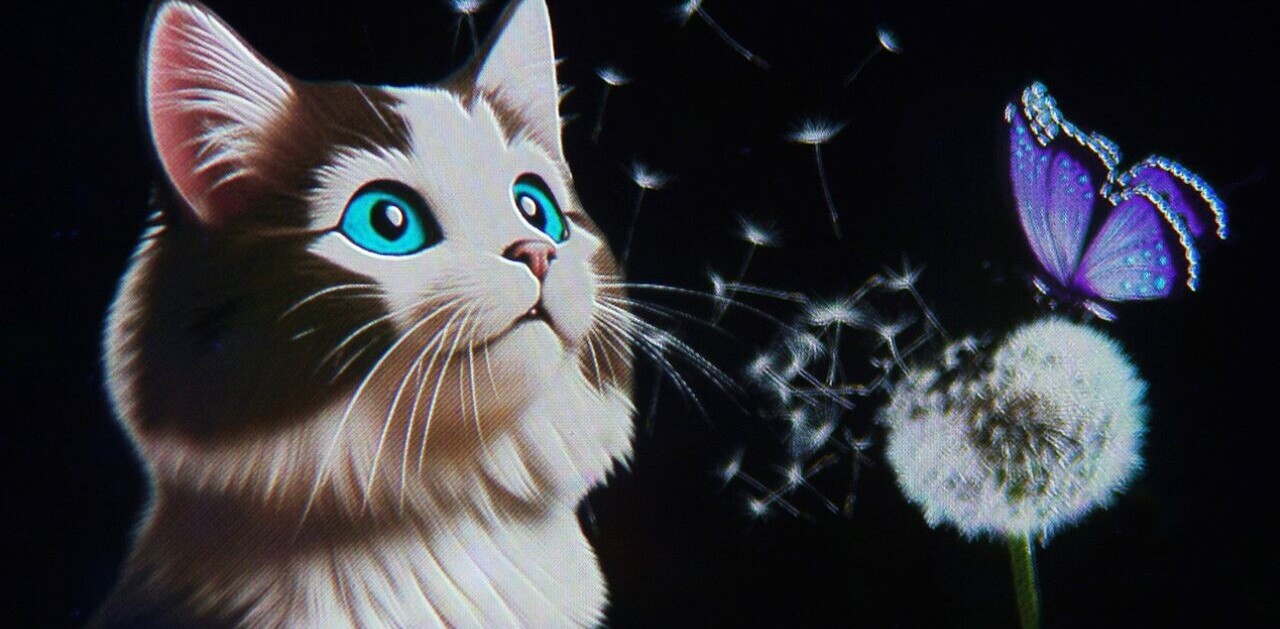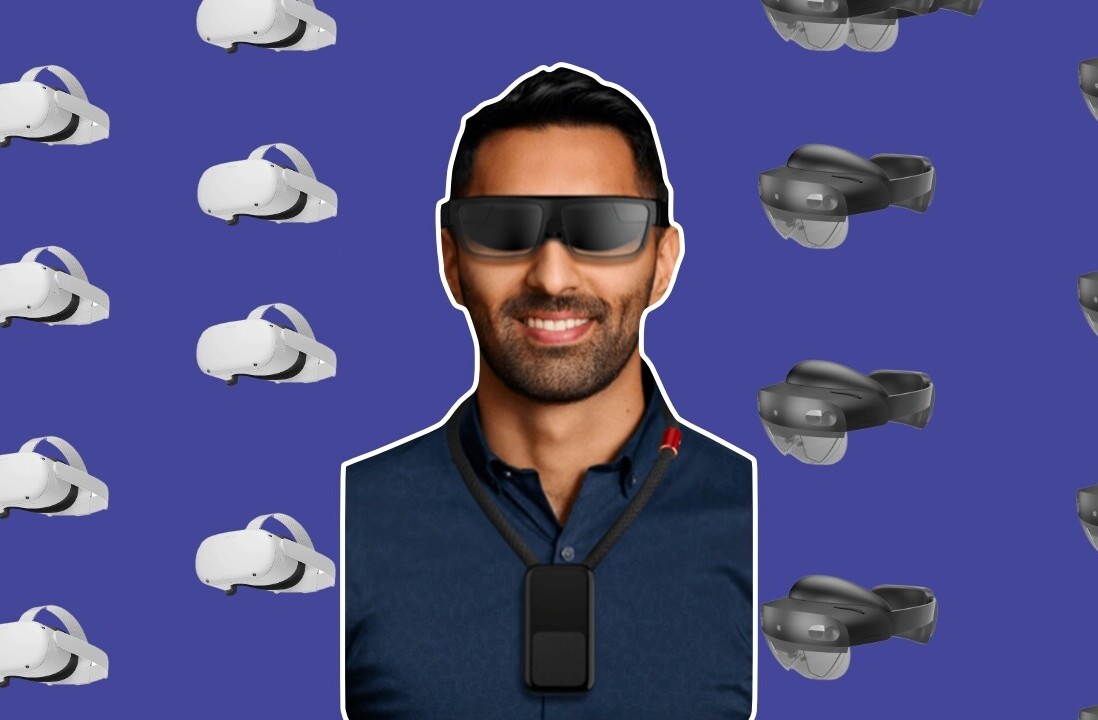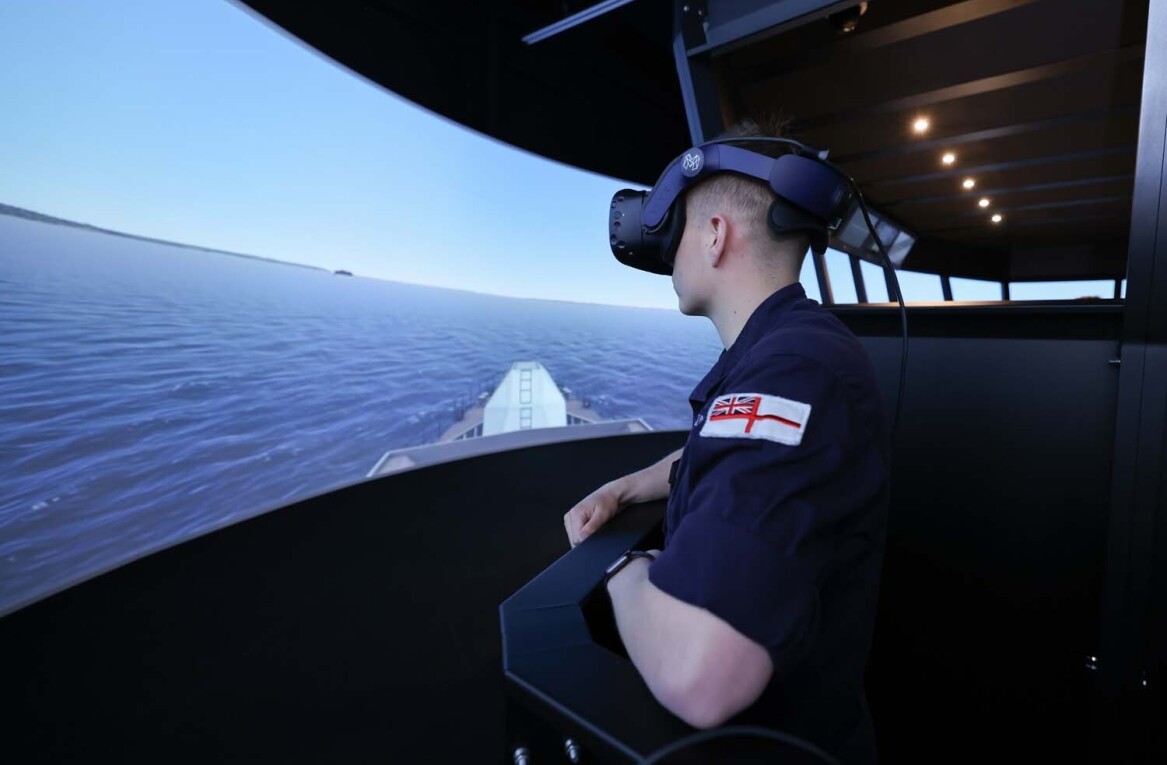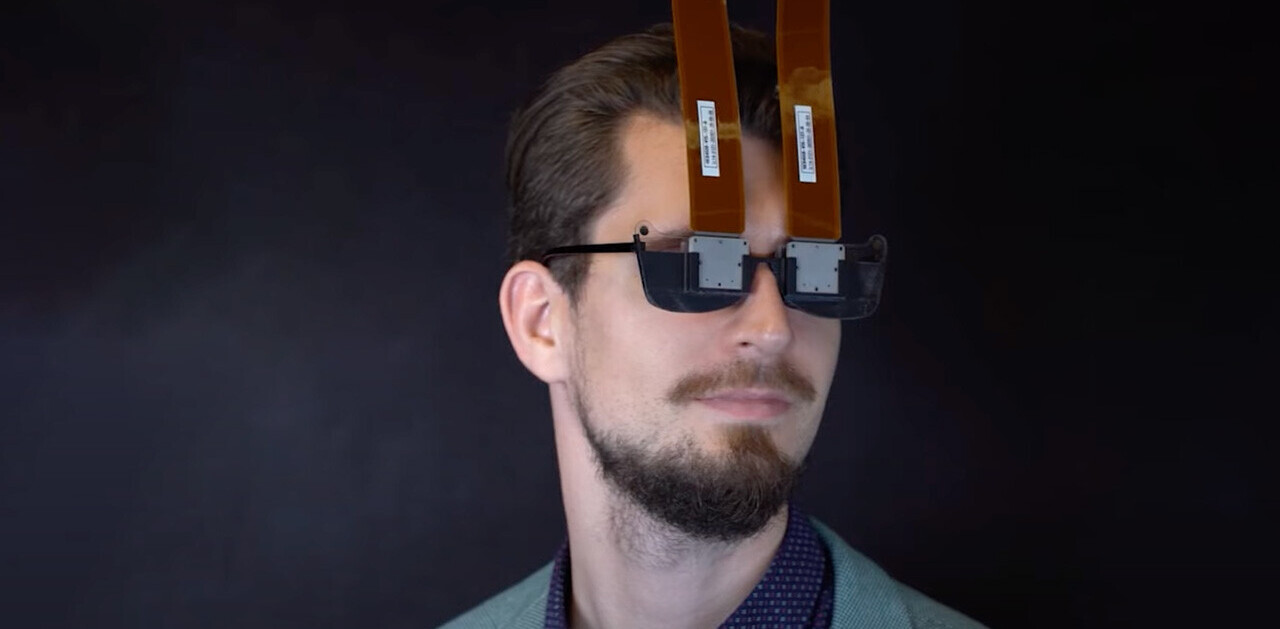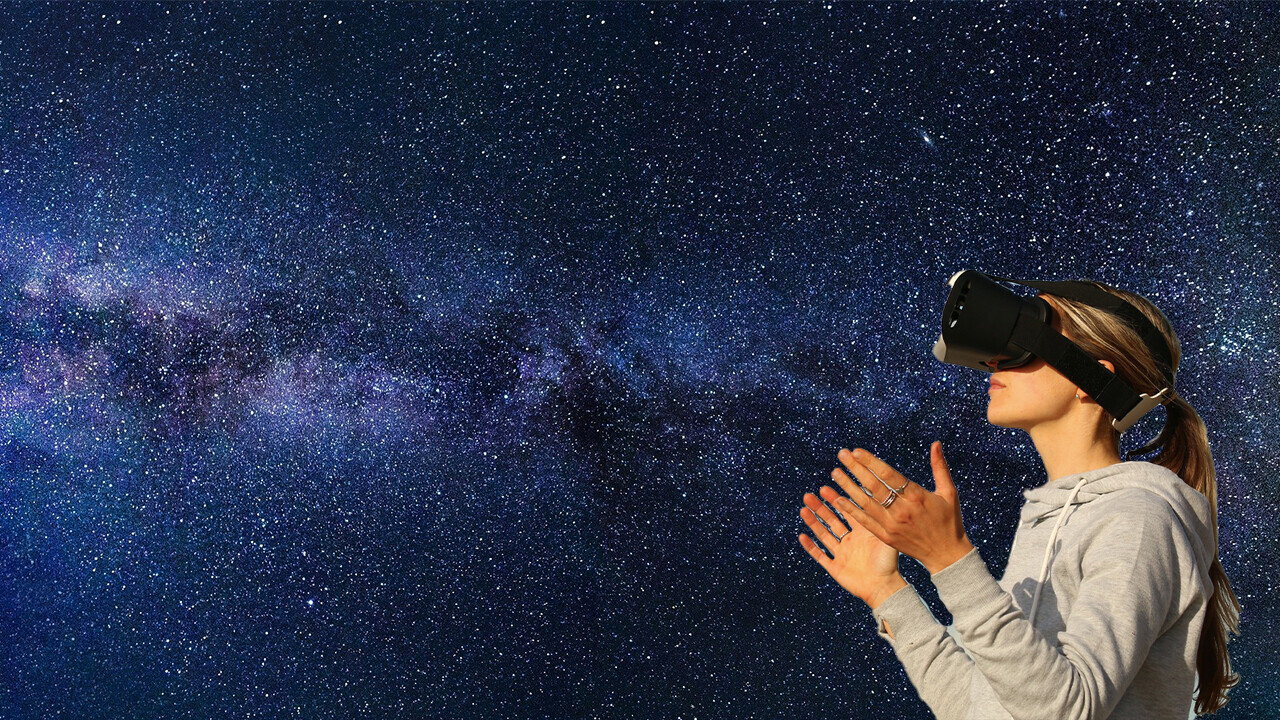
It takes seven months to get to Mars in an efficiently engineered spaceship, covering the distance of 480 million kilometers. On this journey, a crew would have to survive in a confined space with no opportunity to experience nature or interact with new people. It is easy to imagine how this much isolation could have a severe impact on the crew’s well-being and productivity.
The challenges long-duration space travellers experience are not foreign to regular folk, although to a lesser degree. Many Canadians experience isolation and loneliness, at least occasionally.
The loneliness epidemic could be alleviated by an unlikely marriage between space research, virtual reality (VR) and the science of self-transcendent experiences.
COVID-19 lockdowns have created an environment for the largest isolation study in research history. Stay-at-home orders have stopped us from meeting other people and experiencing nature, which has increased rates of loneliness and depression.
Feeling lonely and isolated are associated with a wide range of negative consequences for our well-being, physical and cognitive health. The feeling of connection is crucially important for a happy, healthy and meaningful life.
Simulated isolation
Given the risks associated with isolation, space agencies conduct large-scale simulation studies to investigate and mitigate these effects. SIRIUS (Scientific International Research in Unique Terrestrial Station) is a series of on-land isolation experiments simulating long-term spaceflight.
It is safer and cheaper to perform on-land simulations to assess the effects of isolation on the crew. This also allows space agencies to test the effectiveness of potential solutions that can support the physical and mental health of crew during a long-duration space-flights, such as a trip to Mars.
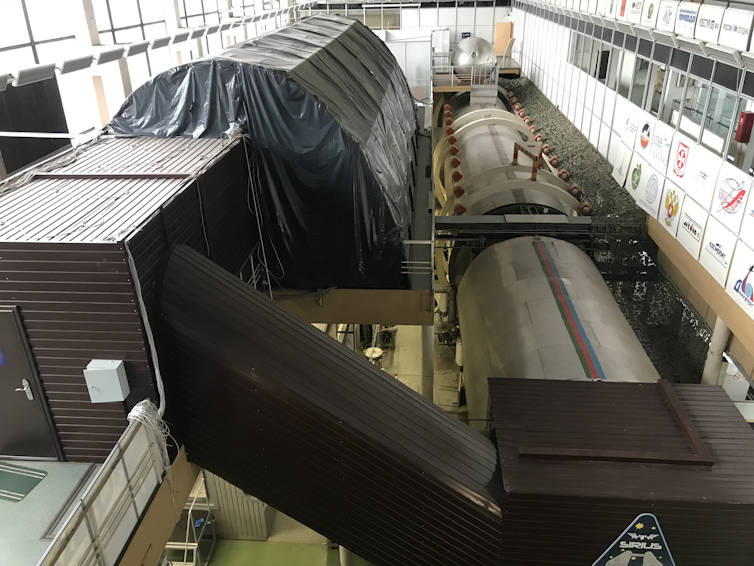
SIRIUS-21 is an eight-month isolation study in Moscow that begins on Nov. 4, 2021. A multinational crew of six people will go into a special facility, called NEK, modelling a spacecraft that was built in the 1960s and stay in there for 240 days, partaking in 70 experiments prepared by international research teams.
To explore opportunities for supporting future astronauts on their extraplanetary journeys, iSpace Lab at Simon Fraser University collaborated with a research group at Universitätsmedizin Charité in Berlin to create a VR experience designed to elicit feelings of connection.
Experiences beyond the self
Self-transcendent experiences are a cluster of phenomena and associated emotional states that are characterized by an increased sense of interconnectedness with the world. Awe is a particular kind of a self-transcendent emotion that can be experienced when witnessing something greater than oneself like standing on a mountain top, impressed by the vastness of a landscape beyond its horizon or witnessing a clear starry night. Awe not only supports our well-being, but also makes us more compassionate and pro-social, and even improves our physical health.
While we find awe in many experiences in nature, spiritual practices and culture, it sometimes requires travelling to an awe-inspiring site, like the Grand Canyon, to be experienced. Living in isolation inevitably limits our opportunities for experiencing awe.
My doctoral research investigates the potential of immersive technologies like VR to elicit feelings of connection and support well-being. Together with my colleagues at iSpaceLab, we produced a 30-minute narrated “Earthgazing VR experience” where participants are immersed in a nature scene.
Through the journey they experience: cloud gazing, watching a sunset over a canyon in the company of wild animals, observing aurora in the night sky, witnessing Mars rising over the horizon and flying through space coming across a solar eclipse. Finally, participants orbit around the Earth, reflecting on the interconnectedness of all life on our planet. This virtual journey is inspired by the Overview Effect, a profound experience that astronauts have when witnessing the beauty and fragility of Earth from outer space.

We will have the opportunity to study the response to our Earthgazing VR experience in Moscow. The SIRIUS-21 crew will be experiencing this VR experience throughout their mission and they will be recording its effects on their physical and psychological health, stress levels, emotional state and feeling of connection.
Next summer, our research team will collect additional information when the crew emerges and learn more about our designed VR experience and its potential for spaceflight.
The power of VR
Our VR experience could be beneficial for mitigating effects of isolation. VR, while often presented as an isolating technology, has been explored as a tool for eliciting connections. There is a growing interest and creative experimentation in how immersive technology could bring positive experiences that could connect us, rather than lock us in our individual separate realities.
In our lab, we observed that VR experiences of flying around the Earth can result in experiences of awe (observed in visible goosebumps on participants’ arms), as well as subjective descriptions of awe, connection and perspective change.
Researchers at the Catholic University of the Sacred Heart in Milan also reported that awe-inspiring scenery of mountains and waterfalls experienced in VR produce a statistically significant increase in positive emotions. VR could also foster social self-transcendent emotions, such as a virtual meditation experience that invites two users to synchronize their breathing and brainwaves with each other fostering compassion.
Another recent study explored the potential of a psychedelics-inspired VR journey to elicit self-transcendent qualities of experience, including an increased level of connectedness.
This growing body of research reflects VR’s promise to help mitigate the negative effects of isolation. Of course, there are ways to experience connection other than putting on a VR headset, such as actually going into nature or spending quality time with friends. But in the absence of these opportunities, VR could provide a needed boost of self-transcendent emotions.![]()
Article by Katerina Stepanova, PhD Candidate and Lecturer in Interactive Arts and Technology, Simon Fraser University
This article is republished from The Conversation under a Creative Commons license. Read the original article.
Get the TNW newsletter
Get the most important tech news in your inbox each week.
